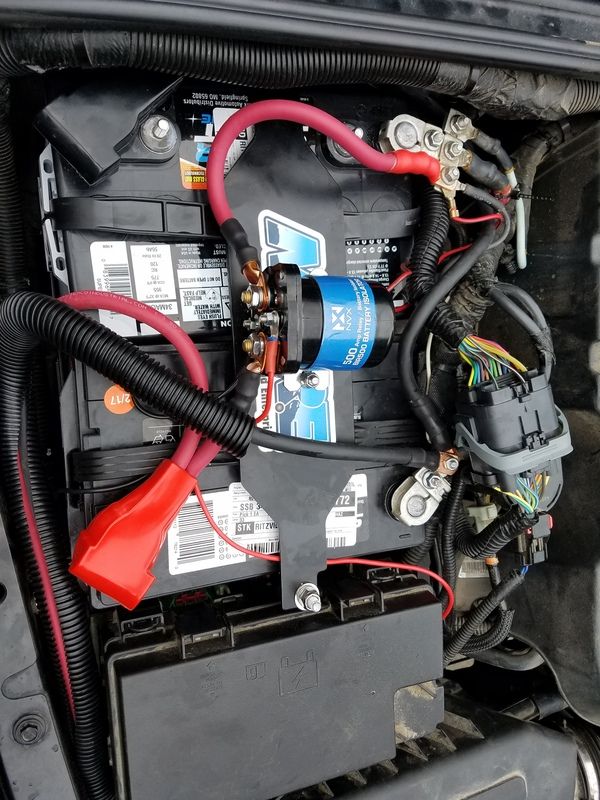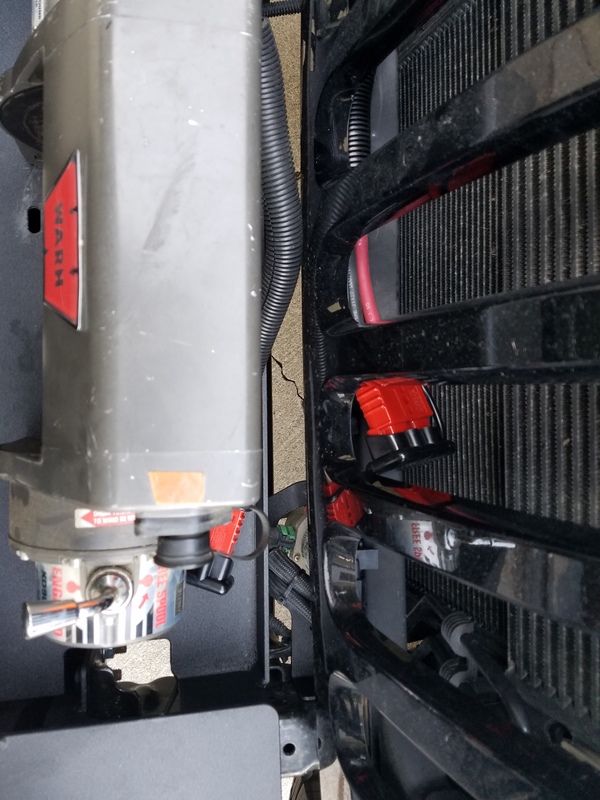DiploStrat
Expedition Leader
Looks Good!
Verkstad is correct; you don't need fuses or breakers for such short, safe runs.
Consider taking them out and making the runs from the positive terminals to the relay even shorter.
Nice work!
Verkstad is correct; you don't need fuses or breakers for such short, safe runs.
Consider taking them out and making the runs from the positive terminals to the relay even shorter.
Nice work!



